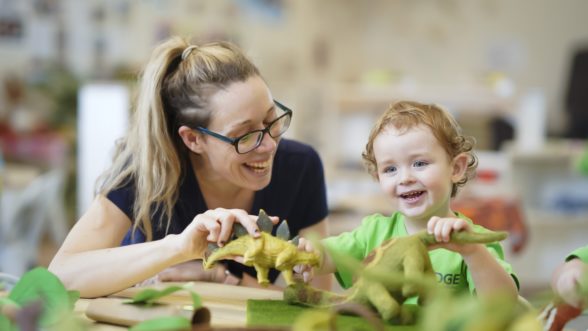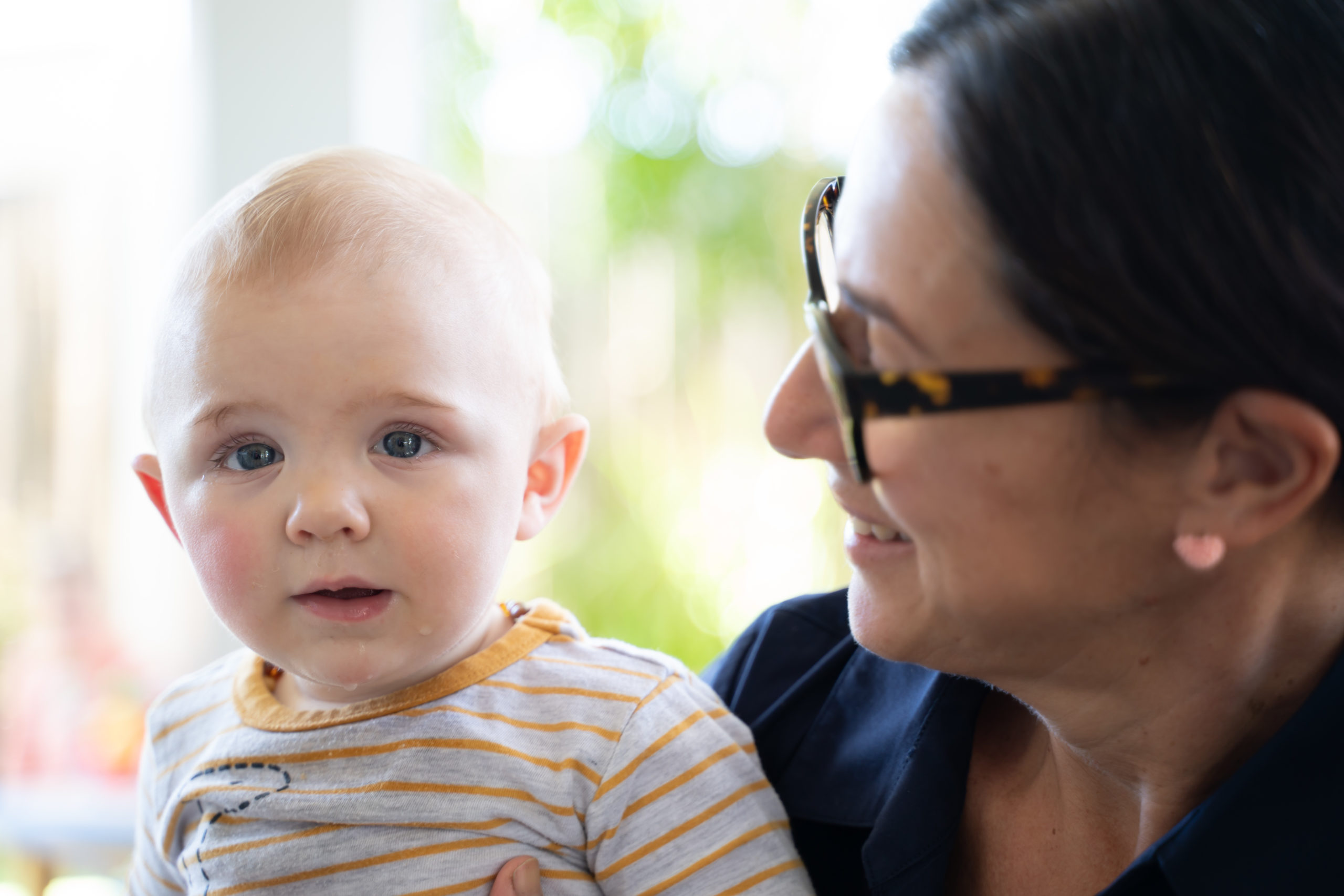
Top News, Useful tools
Useful tools, Wellbeing
09 December, 2025

‘Separation anxiety’ is a term that is bandied around a lot, whether it’s a pet who whines when its owner leaves or a grown-up who constantly misses their significant other. But did you know that separation anxiety in kids can actually be a type of mental health issue?
Anxiety for kids is relatively normal – many children will be clingy and concerned if they are separated from their family, particularly their parents. It’s particularly normal in very young children, often starting from around eight months of age when babies develop object permanence and peaking at around the 14 to 18-month mark.
In early childhood, the classic signs of separation anxiety for kids – think crying, tantrums, and clinginess – are actually really normal, healthy reactions to separation. A severe increase in the timing or intensity of these reactions, however, could point to Separation Anxiety Disorder (SAD). More on that in a moment.
General separation anxiety is common, but can also be disruptive to both you and your child. Thankfully, there are some tried and true ways to ease it – though note that, of course, every child is different. Wondering how to deal with separation anxiety in kids? Here are a few ideas…
As we mentioned before, separation anxiety is usually normal – when the symptoms become severe, however, it could be a sign to seek professional help. Studies have determined that SAD is caused by both biological and environmental factors, meaning children may inherit or learn their anxious tendencies from one or both parents. A traumatic event might also trigger SAD.
The signs of SAD are more severe in their intensity and frequency than general signs of separation anxiety. They can range from muscle and stomach aches to excessive worry about the safety of whereabouts of a family member, and include…
As a parent, you have an important role to play when it comes to your child’s SAD. It is important that you educate yourself on the intricacies of the disorder, talk openly with your child about the issue, work to maintain your own calmness and happiness, establish consistent patterns, set limits, and offer choices to help your child feel in control. Like with many mental health disorders, a child with SAD may also require professional treatment like:
The most extreme symptoms like intense panic or temper tantrums when you leave your child, fear and reluctance to be alone, frequent aches, physical complaints or even vomiting are clear signs to seek professional help. While little is known about how to prevent SAD, experts suggest seeking an evaluation as soon as you notice related signs and symptoms in your child. Early treatment can help to lessen the severity of the disorder and improve your child’s quality of life.